
Residential electrical inspection checklist templates are indispensable tools for ensuring the safety and compliance of electrical systems in homes. To streamline this process, many professionals rely on residential electrical inspection checklist templates. These templates serve as comprehensive guides, outlining the key areas and components that need to be assessed during an inspection. Download the free residential electrical inspection checklist templates to streamline the inspection process, save time, and ensure that no critical steps or components are overlooked
Table of Contents
When it comes to residential electrical systems, safety is paramount. Whether you are a homeowner, a real estate professional, or an electrician, conducting a thorough electrical inspection is crucial to ensure the safety of occupants and compliance with local electrical codes. In this article, you’ll find a collection of free Residential Electrical Inspection Checklist Templates and samples in PDF, Word, and Excel format to help you make your home effective.

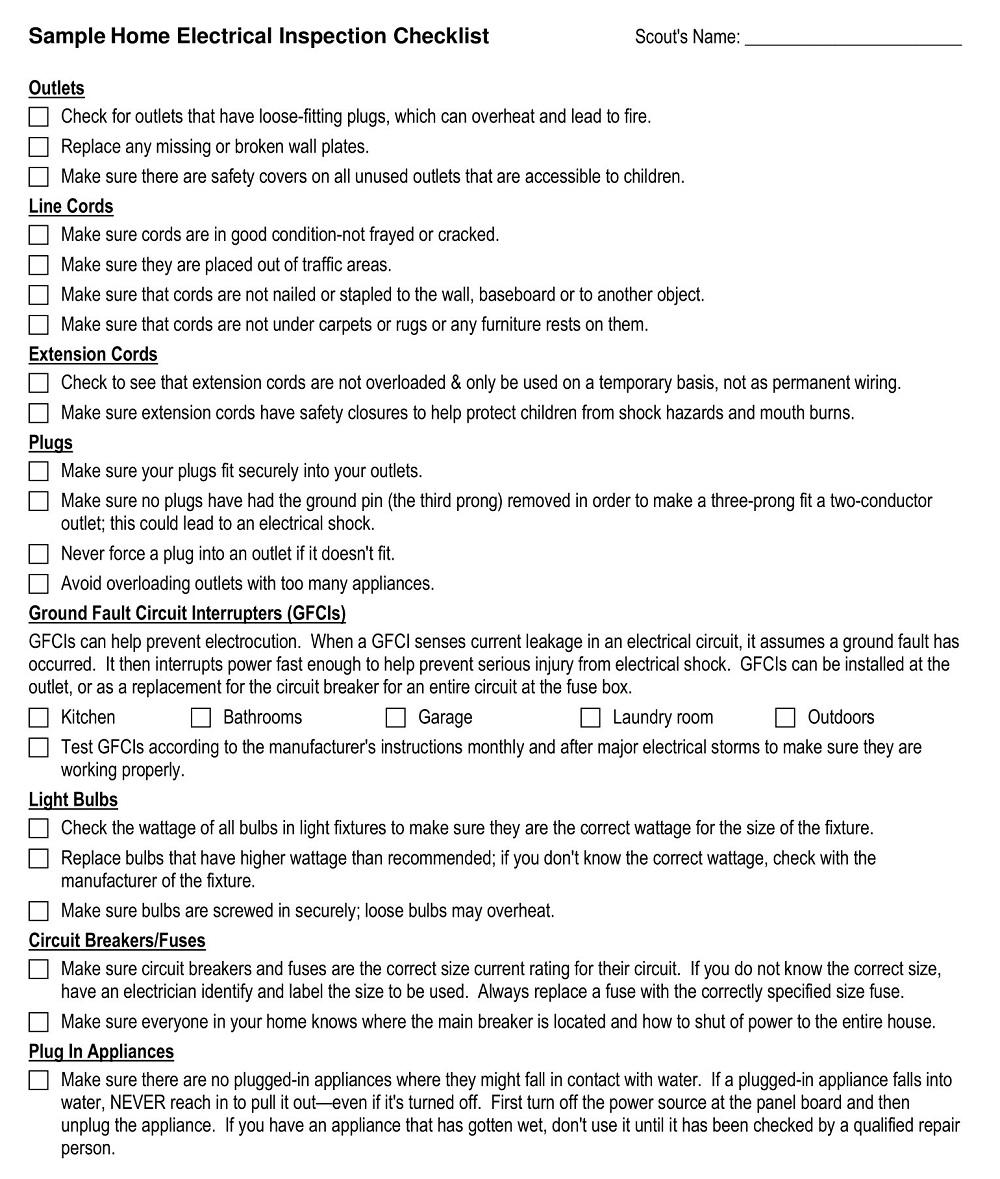

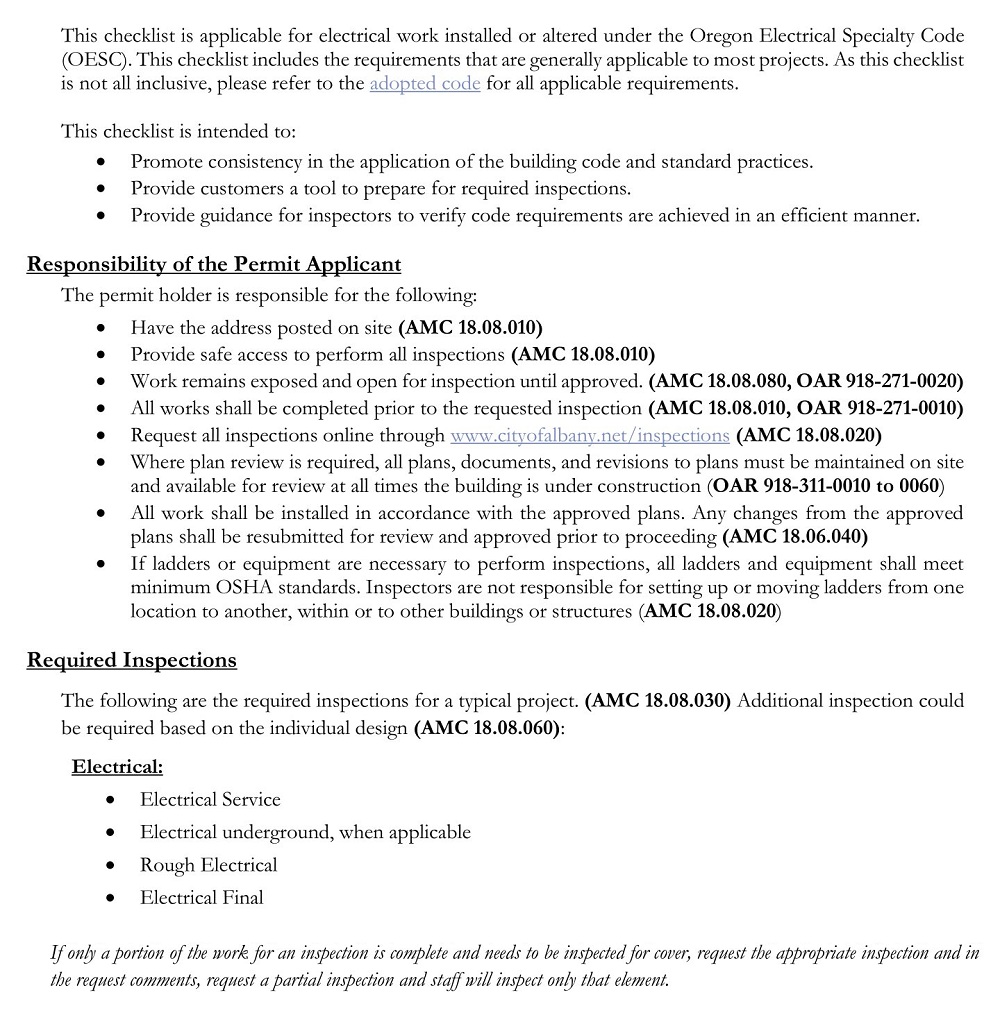
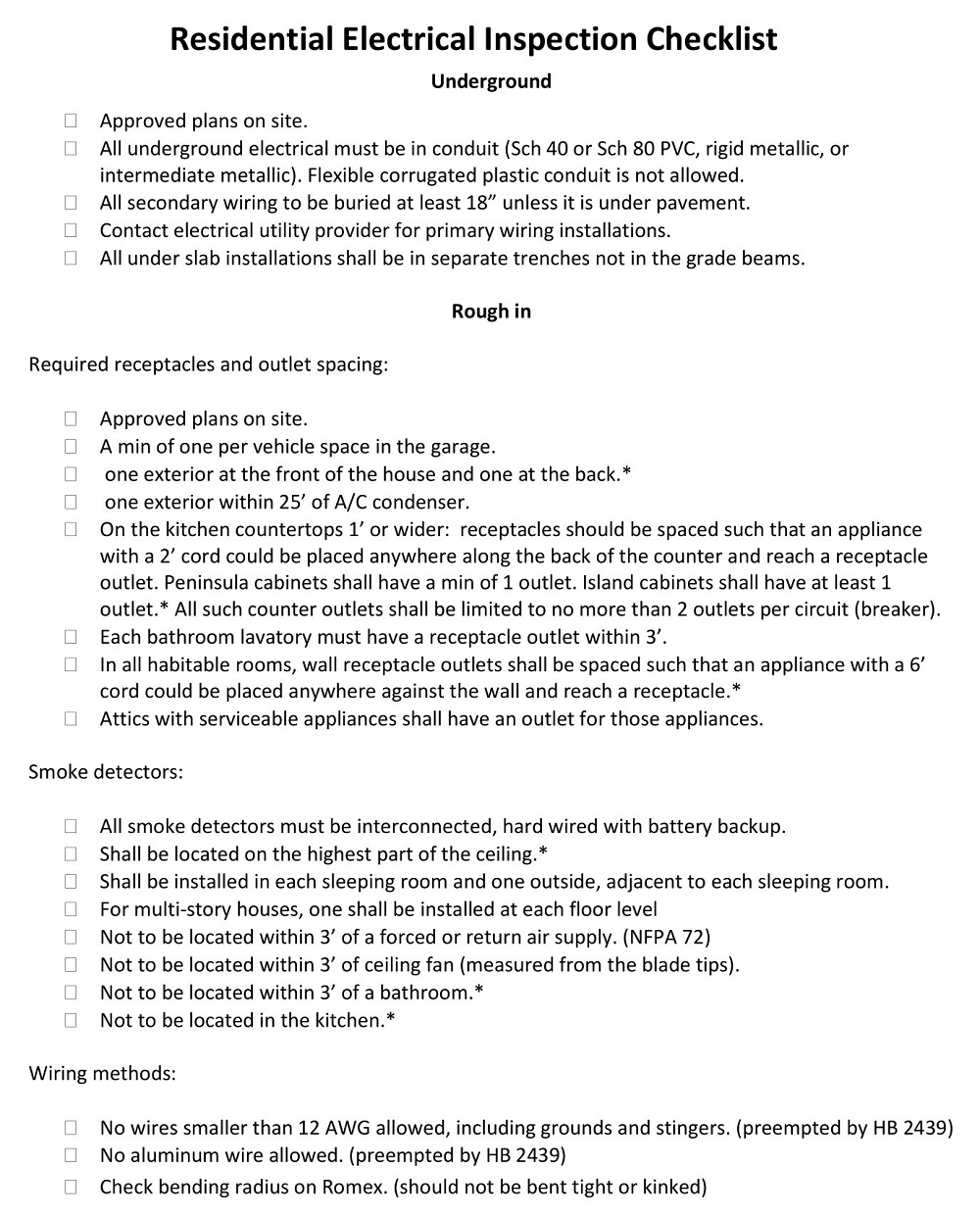
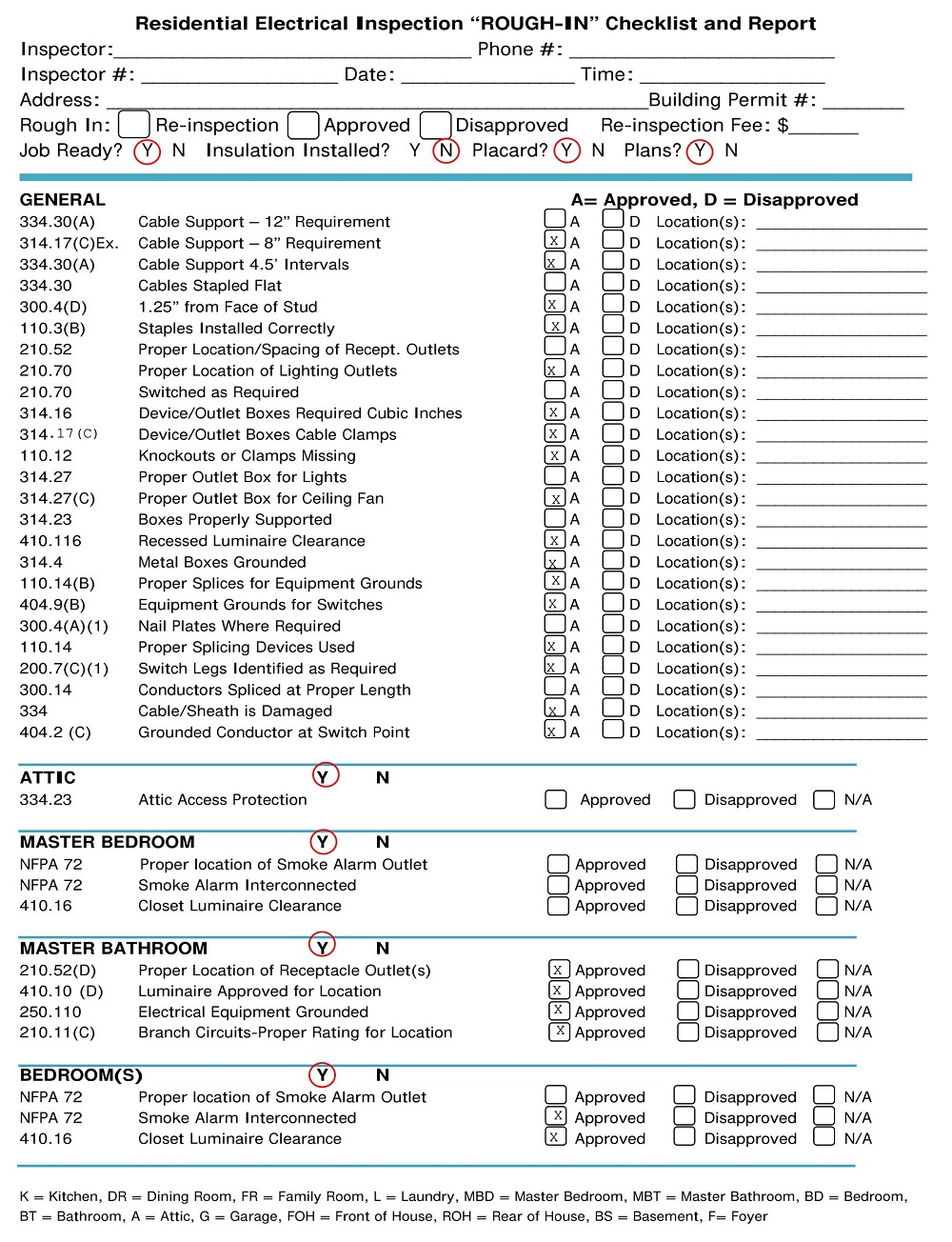
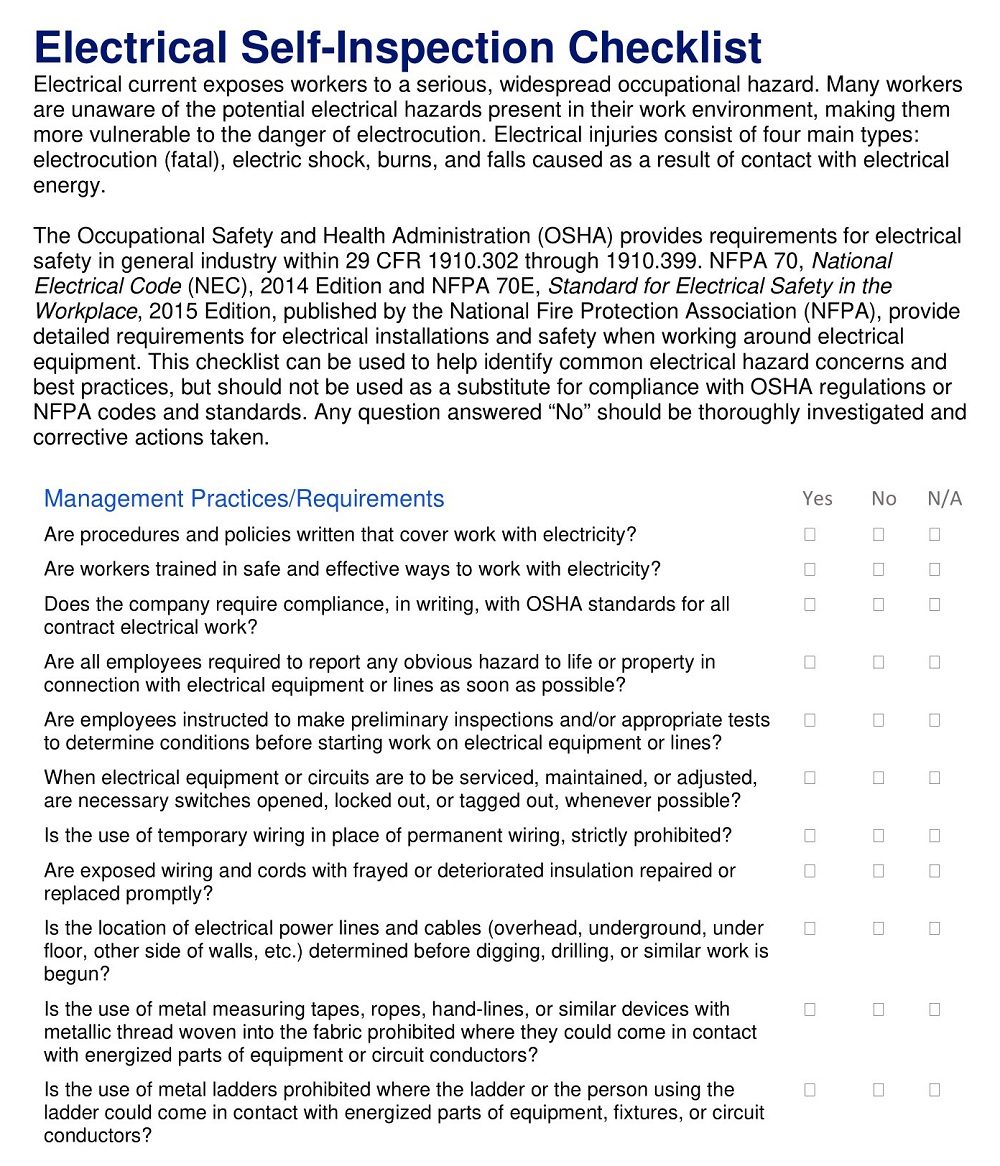






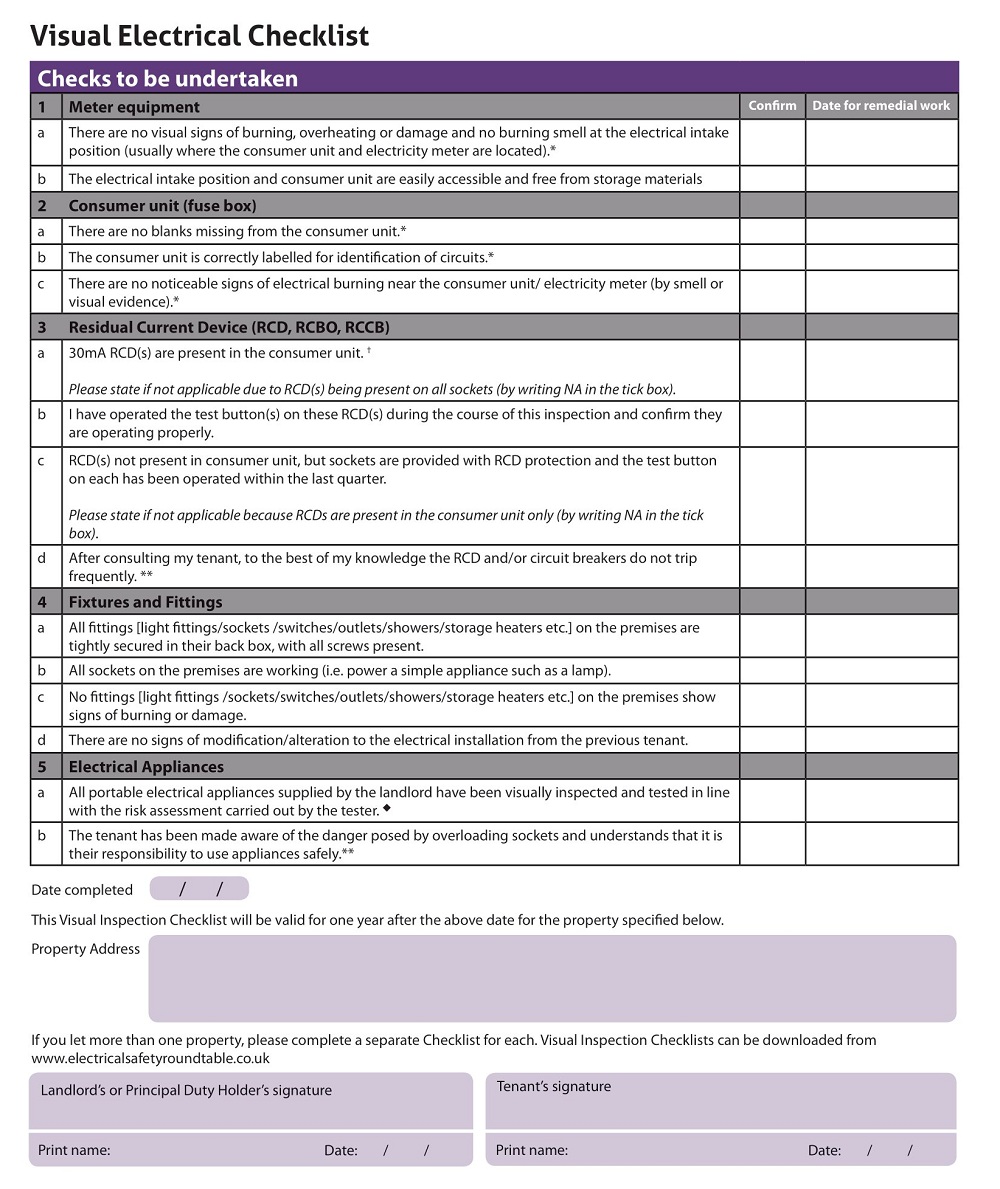
A residential electrical inspection checklist is an important tool used by electricians to identify potential dangers or risks in the wiring of a home. It serves as a comprehensive guide for electricians to perform a thorough inspection of a home’s electrical wiring and systems, including outlets, light switches and circuits, smoke alarms, and more. Knowing what needs to be checked can enable any homeowner or contractor to make sure the electricity their dwelling relies on remains strong and safe. The checklist ensures that the inspection process remains thorough, consistent, and in line with industry best practices, ultimately enhancing the safety and compliance of the residential property. Each item on the checklist represents a critical aspect of the electrical system that should be inspected for potential hazards, proper functionality, and adherence to established safety regulations.
Residential electrical inspections play a vital role in safeguarding the well-being of homeowners and ensuring the integrity of their properties. These inspections are essential for identifying potential electrical hazards, ensuring compliance with safety codes and standards, and maintaining the overall safety and functionality of electrical systems. By detecting problems early on, homeowners can take necessary corrective measures, preventing accidents, property damage, and potential legal or insurance complications. Here are some points which help you to understand the significance of residential electrical inspection.
The primary importance of residential electrical inspections is to ensure the safety of occupants. Electrical hazards such as faulty wiring, outdated components, overloaded circuits, and improper installations can lead to electrical shocks, fires, or even electrocution. Inspections help identify and address these hazards, minimizing the risk of accidents and ensuring the well-being of individuals residing on the property.
Electrical inspections ensure compliance with local electrical codes and safety standards. These codes are in place to establish minimum requirements for electrical installations, wiring, and equipment. Compliance ensures that the electrical system meets the necessary safety standards and reduces the risk of electrical accidents or property damage. Additionally, non-compliance can lead to legal issues, fines, or delays in property transactions.
Regular electrical inspections allow for the early detection of issues or potential hazards. By identifying problems early on, such as deteriorating wiring, loose connections, or outdated electrical components, homeowners can take corrective measures promptly. This proactive approach helps prevent more significant issues down the line, saving both time and money on costly repairs or replacements.
Many insurance companies require electrical inspections as a condition for coverage. Insurers want to ensure that the property’s electrical system is safe and compliant, reducing the risk of electrical-related claims. Without a proper inspection, insurance claims related to electrical incidents may be denied, leaving homeowners financially responsible for damages or injuries.
Knowing that the electrical system has undergone a thorough inspection provides peace of mind to homeowners. It assures them that their home is safe, free from potential hazards, and in compliance with safety standards. This peace of mind extends to the well-being of family members and the protection of the property.
An up-to-date and well-maintained electrical system adds value to a property. Prospective buyers often seek properties with a reliable and safe electrical infrastructure. By having regular inspections and addressing any issues, homeowners can enhance the value of their property and make it more attractive in the real estate market.
While specific checklist templates may vary depending on regional codes and personal preferences, several key elements should be included in residential electrical inspection checklists. These elements encompass the main areas and components that need to be evaluated during the inspection. Here are some essential elements to consider:
By including essential elements such as service panels, wiring, outlets, switches, lighting fixtures, safety devices, code compliance, and documentation, these templates provide a comprehensive framework for inspectors to assess the safety, functionality, and compliance of residential electrical systems.
Creating a residential electrical inspection checklist using a template is a practical and efficient way to ensure a comprehensive assessment of electrical systems in homes. By utilizing a template, you can follow a structured approach, covering all essential areas and components that need to be evaluated during an inspection. This systematic process helps identify potential hazards, ensure compliance with safety standards, and maintain the overall safety and functionality of the electrical system. In this section, we will explore the step-by-step process of creating a residential electrical inspection checklist using a template, empowering you to conduct thorough inspections with confidence and ease.
An effective residential electrical inspection checklist is a crucial tool in ensuring the thorough assessment and evaluation of electrical systems in homes. It serves as a comprehensive guide, outlining the key areas and components that need to be examined during an inspection. An effective checklist not only promotes thoroughness but also emphasizes safety, adherence to regulations, and accurate documentation of findings. Here are some tips and guidelines to help professionals create and utilize inspection checklist efficiently.
Ensure that your checklist covers all critical areas and components of the electrical system, leaving no important elements overlooked. This includes service panels, wiring, outlets, switches, lighting fixtures, safety devices, grounding, smoke detectors, and any specific requirements as per local codes.
Write checklist items in clear and easily understandable language. Avoid technical jargon or ambiguous terms that could lead to confusion or misinterpretation.
Break down each inspection area into specific tasks or sub-items. This allows for a more detailed assessment and ensures that nothing is missed during the inspection process. For example, under service panels, you can include tasks such as checking for loose connections, verifying breaker labeling, and inspecting grounding.
Highlight safety hazards or potential risks within the checklist. Ensure that these items are given particular attention during the inspection. This helps to promptly identify and address any critical issues that could pose immediate safety concerns.
Define specific criteria for evaluating each checklist item. This could include checking for functionality, proper installation, compliance with codes, absence of damage, and secure connections. Clearly state what constitutes a pass or fail for each item, making it easier to assess and record findings accurately.
Include sections in the checklist for inspectors to record detailed notes and observations. This allows them to document any additional information or relevant findings during the inspection. Detailed notes can be valuable for generating comprehensive reports or assisting with future repairs or maintenance.
Keep your checklist up-to-date with the latest codes, standards, and best practices. Review and revise it periodically to reflect any changes or advancements in the field of residential electrical inspections.
Residential electrical inspections are critical to ensuring the safety of occupants and compliance with electrical codes. By using residential electrical inspection checklist templates, professionals can streamline the inspection process, increase efficiency, and minimize the chances of missing crucial steps or components. By prioritizing electrical safety through thorough inspections, homeowners can rest assured that their electrical systems are secure and compliant, providing peace of mind for themselves and their families.
Reference Link
How useful was this post?
Click on a star to rate it!
Average rating / 5. Vote count:
No votes so far! Be the first to rate this post.